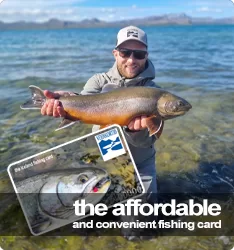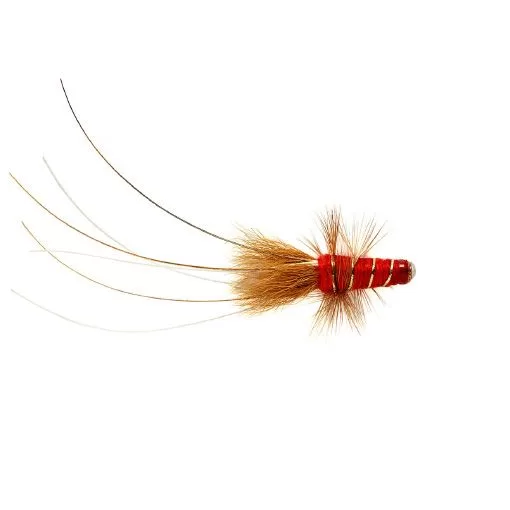Kursk Red Frances UV
€ 8,90
The Frances is famed for tempting otherwise reluctant fish to strike. This famous pattern has been around for years and despite numerous attempts to replace it, it remains a firm favorite the world over.
The Frances is famed for tempting otherwise reluctant fish to strike. This famous pattern has been around for years and despite numerous attempts to replace it, it remains a firm favorite the world over.
The pattern was created by Peter Deane back in the 1960s. It takes its name from his assistant Frances Hydon who had the task of tying up Peter’s design.
The pattern was designed to be a prawn imitation and in common with all good fly stories, it caught a lot of fish and soon came to dominate catches in Iceland.
Later this pattern has proven its effectiveness all over the globe for both salmon and sea trout. This style of fly must have been a real eyeopener for salmon fishermen all over, it’s truly something special and quite odd looking compared to flies back then. The shape of the body and the antennas create a lot of turbulence and movement in the water.
The Frances is famous for taking reluctant fish that have been on the river for some time.
The Red Frances is almost always found as one of the top flies in any Salmon logbook in Iceland. The pattern is tied in many sizes and shapes and can be fished in a variety of conditions.
The most popular and successful in Iceland tends to be size 12-16 tied on trebles and the smaller sizes tungsten hexagon tube flies for when you really need to fish it deep but there are numerous versions of Frances around, and many colors, even though the Red Frances has always been the most famous.
This is the perfect heavy bomb that has been the winner all over Scandinavia in recent seasons. This fly was originally designed by the Finnish Antti Pirinen for deep fishing conditions.
The key material in this tube is the massive Brass cone head which is scarce quantity and therefore it is sometimes difficult to obtain this fly. Kursk is used when fishing deep and it is good to let it drift freely, but when stripped it makes very lively movements.
Weight: Medium = 1.5 gr
Total length (tip to tip): Medium = 7cm
Weight: Large = 3 gr
Total length (tip to tip): Large = 9cm
This is a must-have in your fly box when heading to Iceland.
| Sizes | Medium – 7cm / 1.5gr, Large – 9cm / 3gr |
|---|
Related products
Frances
Frances
Frances
Frances
Frances
Frances
Frances



































































